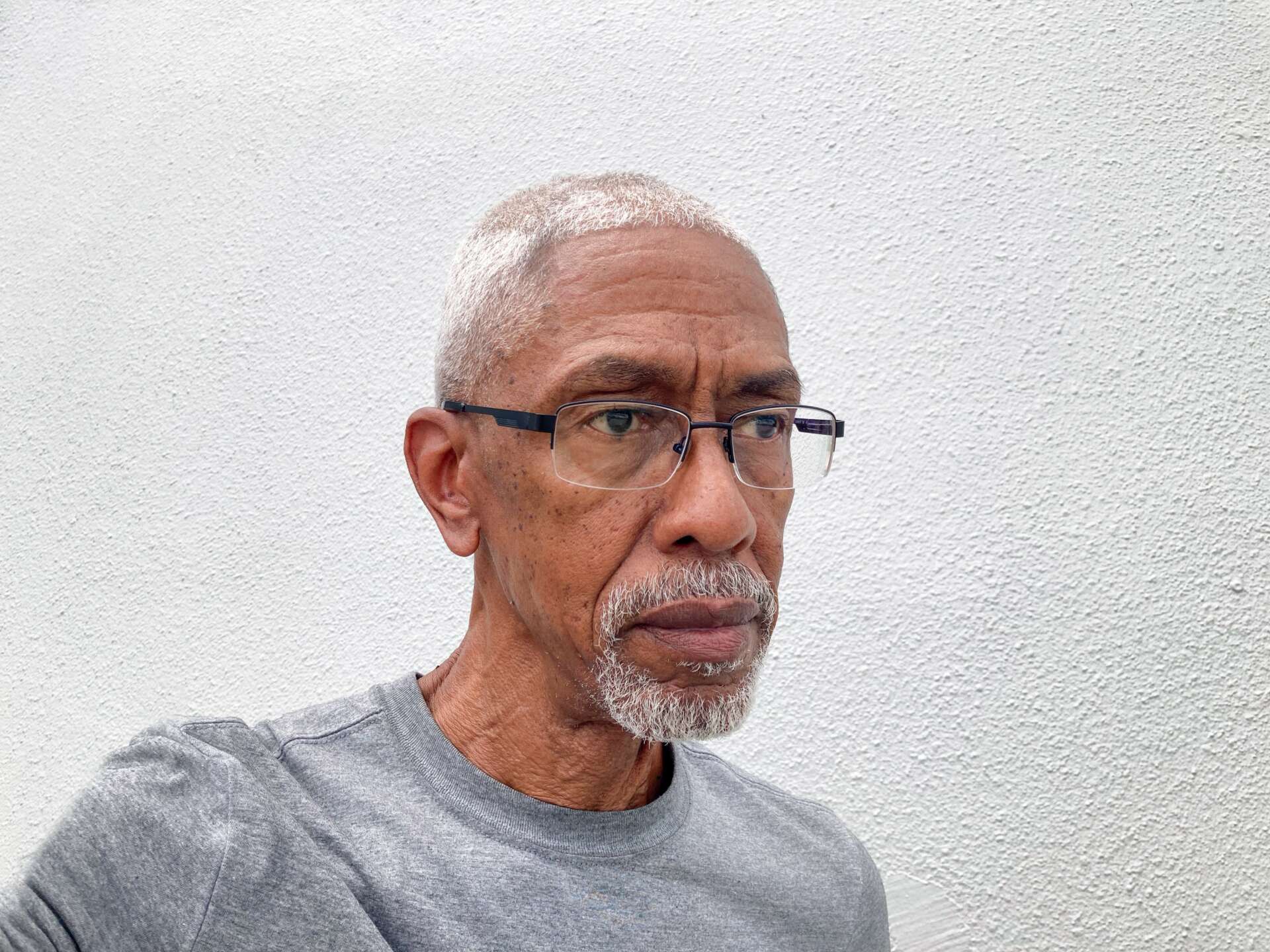We were lucky to catch up with Onajide Shabaka recently and have shared our conversation below.
Onajide, thanks for taking the time to share your stories with us today What’s been the most meaningful project you’ve worked on?
The most meaningful project I’ve worked on in recent years has been investigating colonial rice cultivation, its importation, cultivation, and the various formerly enslaved communities where it was grown and the people. I originally discovered Suriname doing research for a college sculpture assignment in 1971. Now, I’ve been to Suriname, Jamaica, Georgia, South Carolina and Florida investigating the various landscapes and descendants who might still be living in those areas. My telling of this story of African to American rice includes botanicals, animals, and people through their culture and what may have been retained from the beginning of Atlantic African enslavement. That is how the rice got here at the beginning as it was smuggled in the hair of enslaved women.
At this point, I have created a short film, made a number of editions prints and photographs, many drawings and works on paper, and sculptures. As the research touched on so many areas the art making process seems to have followed along in the same fashion. I don’t often work with a specific plan in which media I will use, I just work intuitively using the many types of resources I have at researched and reading them through the lens of scientific study. I cannot view the world without having connections to biology, paleontology, geology, etc.. And, I’m sure the heritage and culture of rice cultivation without those areas of study.
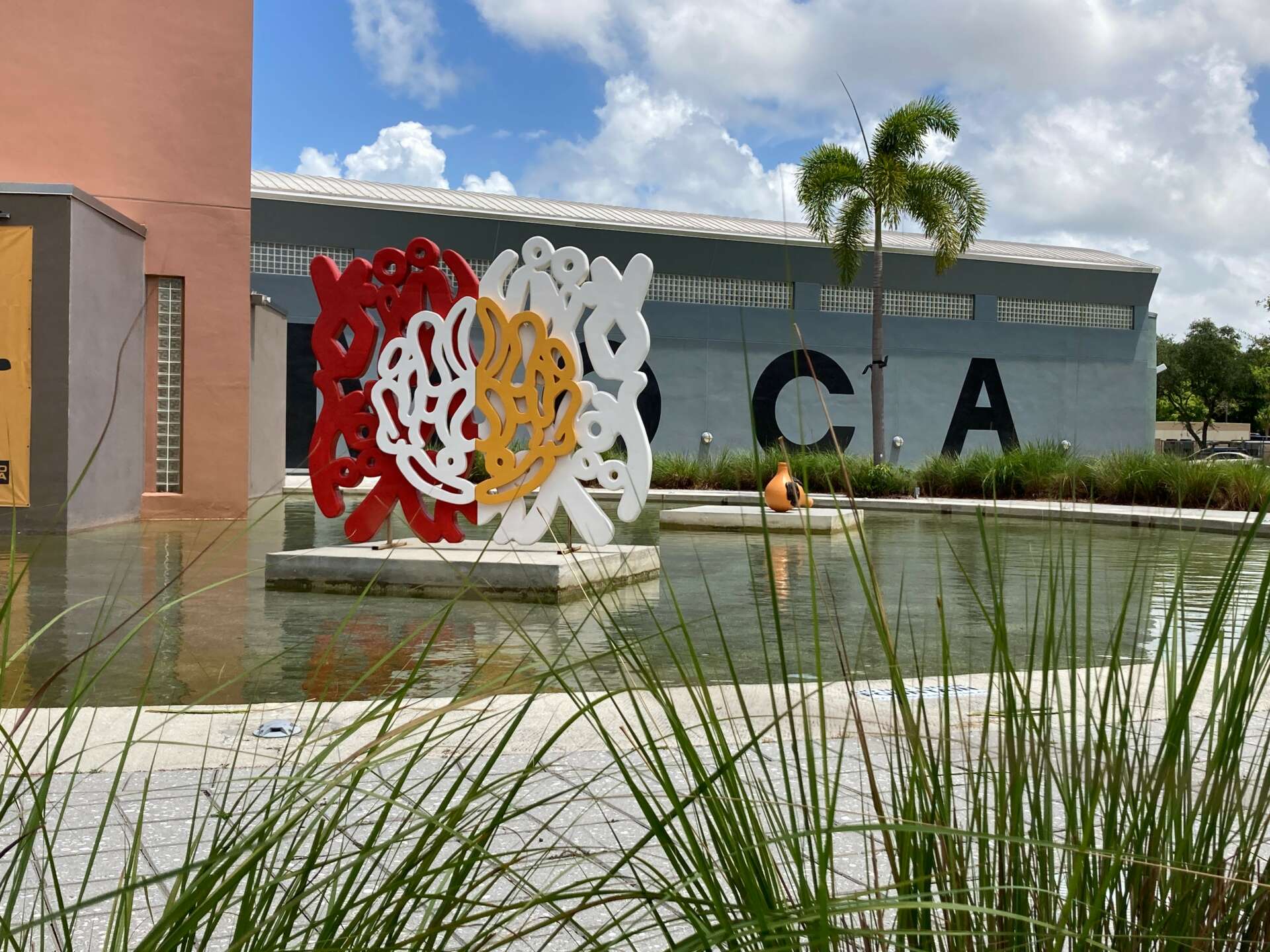
Onajide, love having you share your insights with us. Before we ask you more questions, maybe you can take a moment to introduce yourself to our readers who might have missed our earlier conversations?
Like many artist/creatives I began thinking about and making art when I was a teenager. I also began a walking practice as a teenager. I didn’t call it a practice at the time but I have continued both to this day. This walking practice has provided me with the time and space to deeply consider the ideas that arise in my practice. These ideas, or notions are concerned with plant and animal biology, paleontology, history of the Atlantic migrations of people and plants, and of my family. From this walking practice I have developed most of my creative ideas including, both what I bring to it in my mind and things that I find along the way. Those creative sparks are pathways to what might be called an investigative research practice. I’ve been doing this for some fifty years and it’s now second nature so to speak. I’m devoted to research and learning, through reading and doing, exploring and testing ideas. I try to invite people to experience and try to taste this journey that I have opened a path onto.
Over these many decades I have created photographs, printmaking, mixed media collages, ceramics, short film pieces, sculptures, drawings, and public artworks. Although I began with a camera I don’t strongly favor one media over another at this point. Working with different media has just been part of the learning and making process.
And how does this creative, researched based walking practice work? Well, in reality there is no set agenda. Walking, quickly or slowly, is kind of a meditative act. My thoughts circulate around, I see some botanical, or other thing that catches my attention. I’m curious and want to know more hence, the research. Things in the world are not isolated, they are all interconnected and, when I start exploring it could end up in a totally different place and with notions I didn’t have at the beginning. It’s not actually complicated but the explanation of the process might be. I don’t think about it at this point. I just do it, daily, weekly, and it continues to evolve.
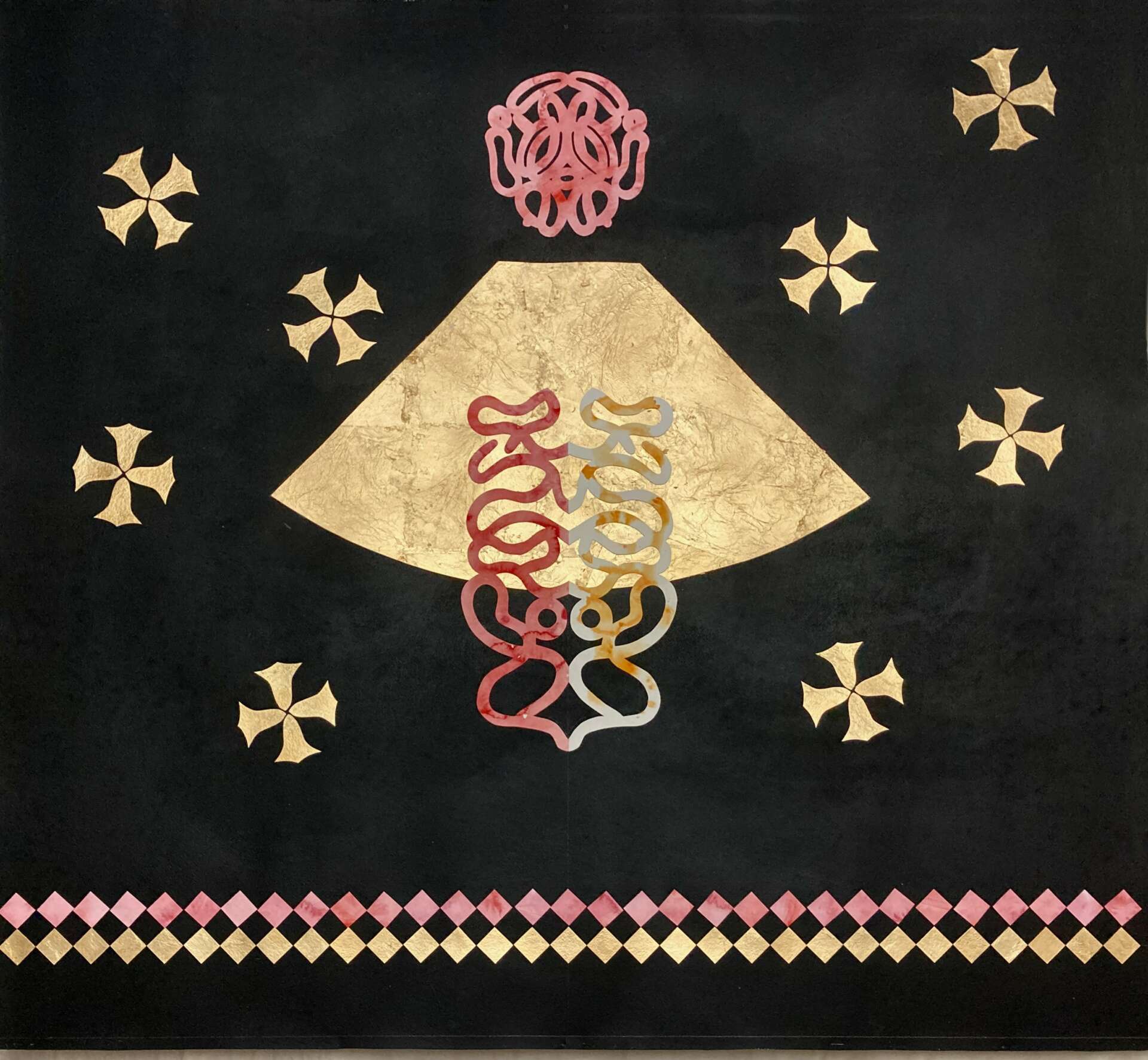

For you, what’s the most rewarding aspect of being a creative?
One that happens are we get older and finish with the 9-5 work life is how to move into the next phase(s) of life. Since my practice involves a strong and active mind/body connection I think it promotes a continued longevity. By walking, already shown to be extremely beneficial to one’s physical and mental health, and study, learning, solving issues keeps the mind active, another important activity as we age.
Getting up and going to work on doing something you love makes daily life a joy. I set my own hours, agenda, can take advantage of residencies which could be just about anywhere in the US or overseas. You meet new people but can also go hibernate. Lol. I am blessed that I have been able to make this space and the ability to share it with others. Actually, the residencies have been some of the most impactful and rewarding things I’ve done.
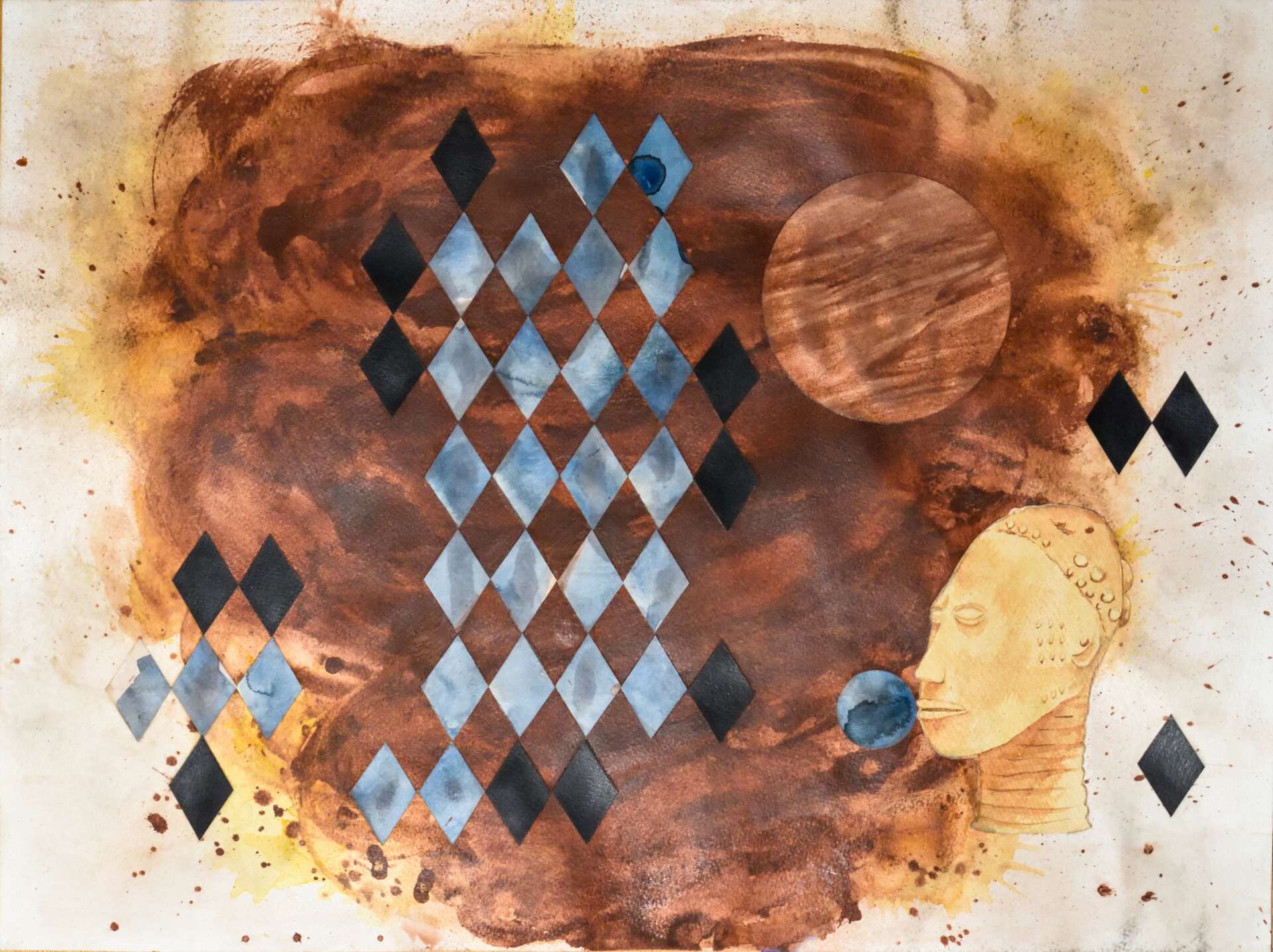

What do you think is the goal or mission that drives your creative journey?
If there is a mission driving me it is to treat my journey as a holistic one. We, homo sapiens, are part of this planet in which every part is connected to every other part. One way to visualize this is through the mycelium network of mushrooms. Mycelium is a root-like structure of a fungus consisting of a mass of branching, thread-like hyphae. It can practically cover the forest floor allowing the botanicals within it to exchange nutrients, for instance.
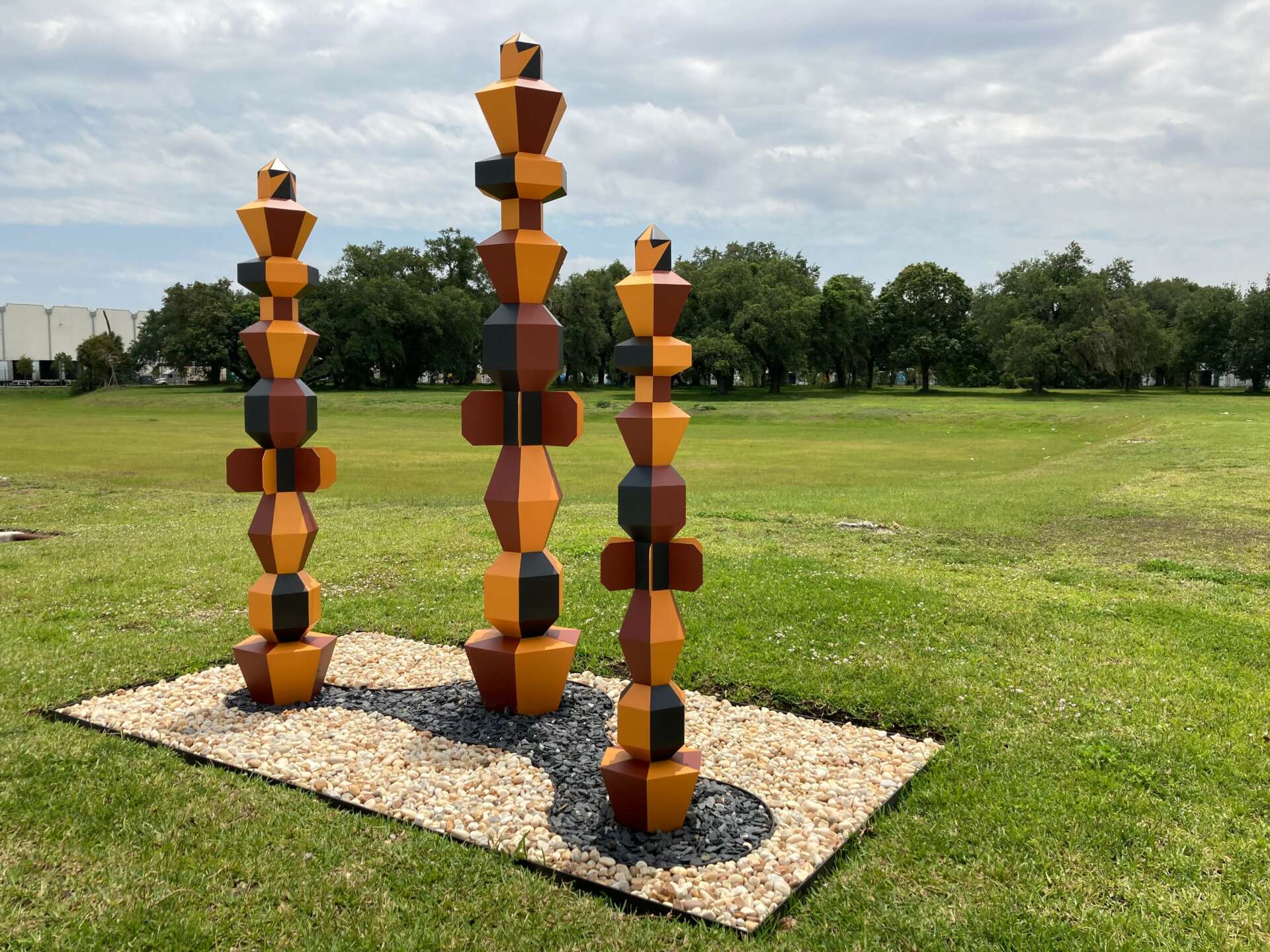
Contact Info:
- Website: art3st.com
- Instagram: @onajide
- Facebook: https://www.facebook.com/onajide.shabaka/
- Twitter: @onajide
- Vimeo: https://vimeo.com/onajide
Image Credits
Photographer: Onajide Shabaka


